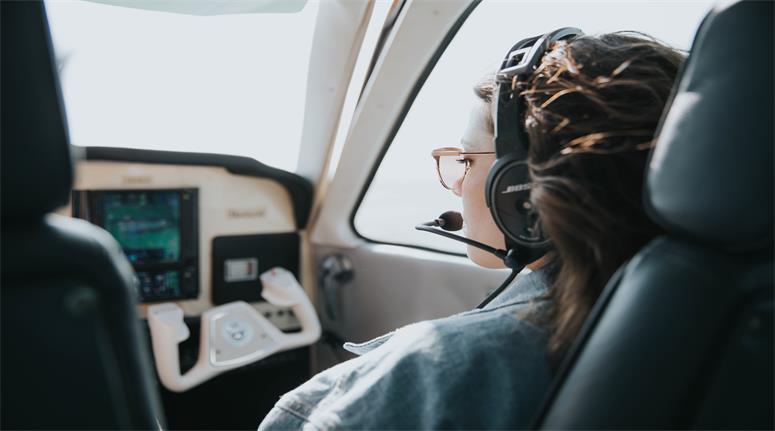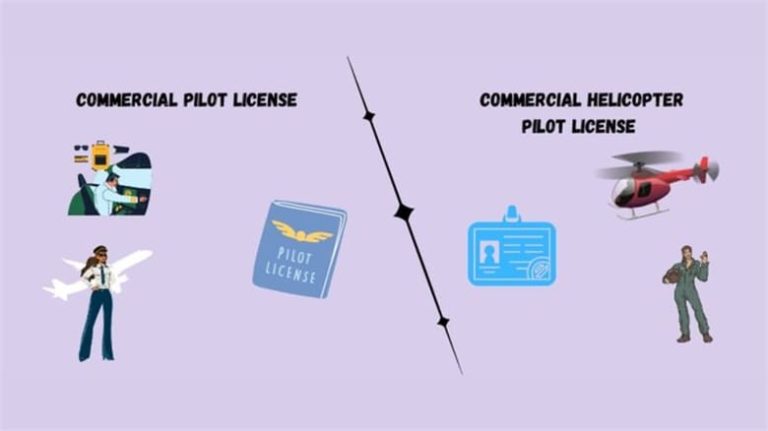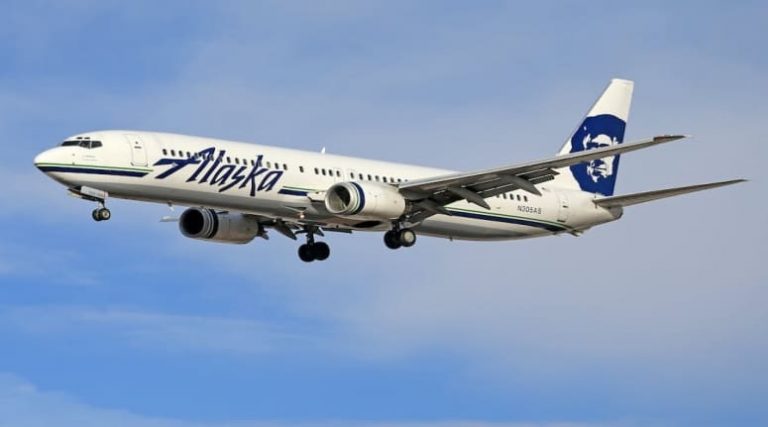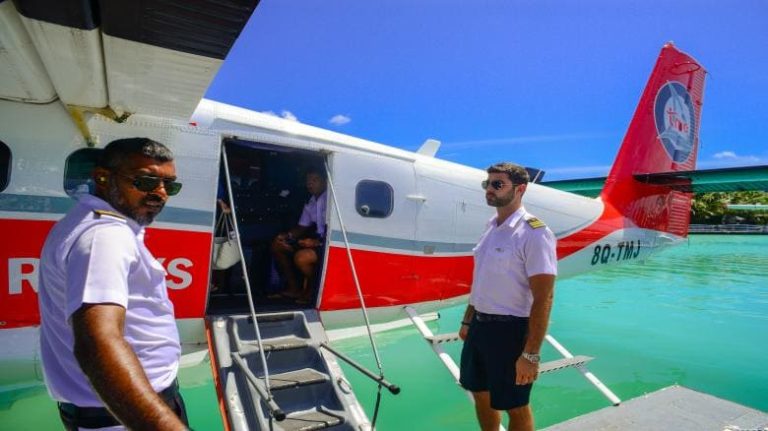Is There a Minimum Height Requirement to Be a Pilot?
Are you wondering whether you measure up for that dream pilot job? Unlike the military, where strict rules exist, there is no fixed height requirement for commercial pilots. So, whether you are tall or short, commercial piloting welcomes you. While there are some restrictions in aviation, being too tall or short is usually not a concern.
There has been much misinformation about the height requirements to be a pilot- Read on as we tell you all you need to know about how your height can impact your lifelong dream of being a pilot.
Evolution of Cockpit Design in Early Aviation
In the early days of aviation, diverse pilot statures posed cockpit design challenges. Simplicity prevailed over customization. With technological progress, standardized cockpit dimensions emerged, notably in military aviation. This historical evolution paved the way for the establishment of height requirements in aviation, reflecting the ongoing refinement of aircraft design.
How Technology Has Ensured Inclusivity of Various Statures
Advancements in technology have significantly influenced cockpit designs, all thanks to the integration of digital systems and the evolution of materials and manufacturing techniques. It has led to enhanced user interfaces, featuring touchscreen displays and ergonomic controls for improved pilot interaction.
A notable shift has occurred from one-size-fits-all cockpit designs to customizable configurations. Pilots now benefit from adjustable seating arrangements and adaptable control interfaces, ensuring optimal comfort. This evolution aims for inclusivity by accommodating diverse pilot sizes and incorporating accessibility features to meet varied physical needs.
Am I Too Short to Be a Pilot?
The FAA doesn’t set a specific height requirement for pilots; they focus on the ability to operate the aircraft safely. While some airlines may have height guidelines, many individuals comfortably fit within the acceptable range, and most commercial planes accommodate various heights. Flight schools and airlines train pilots if they can reach controls and fully operate the aircraft’s rudder.
Short pilots can use equipment and modifications for these functions. Taller pilots might need seat tweaks, but commercial planes usually accommodate them with adjustable seats. In contrast, military aviation has stricter height specifications, but exceptions and waivers exist, making height less likely to be a career barrier.
Is There a Minimum Height for Female Pilots?
No, unlike the military, there is no minimum height for female pilots. For instance, a 4-foot-tall girl can not be trained as a military pilot as it falls below restrictions. For commercial pilots, it’s about reaching controls and leg length. A 4-foot pilot might fit well in a smaller plane but face challenges in a Boeing 747.
However, if you are 5 feet tall, you can pilot a big plane, but you may still need pillows for the seats. Recent changes in military air force height requirements offer flexibility, making height less of a barrier. Special seats and accommodations ensure height does not limit your aviation dreams.
Height Requirements For Military Pilots
The military has specific height requirements, especially for fighter jets, due to design constraints like ejection seat limitations for safety in emergencies. Each US military branch has its own set of requirements.
- Air Force
Since 2020, the Air Force has used a detailed screening method called anthropometrics, considering various factors beyond height for aircraft suitability. Specific Air Force aircraft may have more stringent height requirements, but most can accommodate pilots across the height spectrum. Previous height requirements included a standing height of 5 feet 4 inches to 6 feet 5 inches and a sitting height of 34-40 inches. However, waivers for individuals below 5 feet 4 inches have been approved in recent years.
- Navy
The Navy now incorporates anthropometrics in its screening, considering factors like functional reach, leg length, and height. The height requirement to be a pilot was previously between 5 feet 2 inches and 6 feet 5 inches.
- Army
For the Army, you must measure between 5 feet 4 inches and no more than 6 feet 6 inches. The Army also uses anthropometrics in its screening.
Pilot Height and Safety in Aviation
In aviation, cockpit design’s dynamic interplay with human factors significantly impacts safety. Here are some ways a pilot’s height can impact flying and safety:
- Visibility and Control Reach
Pilots with extreme heights may face visibility issues or struggle to reach controls comfortably. This could lead to difficulties in maneuvering the aircraft, affecting safety.
- Cockpit Comfort
Tall or short pilots may experience discomfort in a standard-sized aircraft, leading to distractions that could affect their focus and reaction time, impacting overall safety.
- Egress and Emergency Situations
Height may affect a pilot’s ability to quickly and safely exit the aircraft in emergency situations. Such delays in egress can escalate to risks during critical moments.
- Equipment Adaptation
Safety equipment and gear may need to be custom-made for a pilot based on their height to prevent a malfunction during emergencies.
- Aircraft Center of Gravity
Extreme height variations among pilots can impact the aircraft’s center of gravity and make handling and stability difficult.
- Human Factors and Fatigue
Height-related discomfort may contribute to pilot fatigue and, in turn, impair decision-making and reaction times, posing safety risks during extended flights. Addressing these challenges requires aircraft design considerations, ergonomic adjustments, and ensuring that safety protocols accommodate a diverse range of pilot heights.
Future Trends and Considerations
Aviation’s future is transforming, notably in height requirements due to advancing technology. The evolving cockpit landscape, driven by innovative designs and tech, challenges traditional prerequisites. The industry’s commitment to diversity and inclusion stands out as it adapts to accommodate pilots of varying heights.
Initiatives and changes signal a shift towards a more inclusive aviation environment, embracing the potential of a diverse pilot community. We anticipate a future where aviation is accessible to individuals regardless of their height, fostering a more inclusive and diverse industry.
Final Thoughts
We have explored the changing landscape of aviation, witnessing shifts from standardized cockpit designs to personalized configurations. Previously, there were strict height requirements to be a pilot. But now, technological advancements have promoted inclusivity for people of different heights. Challenges persist, but solutions and accommodations are evolving. Human factors play a crucial role in impacting pilot performance and safety. Looking ahead, future trends foresee technology reshaping height prerequisites, with the industry committed to diversity.




